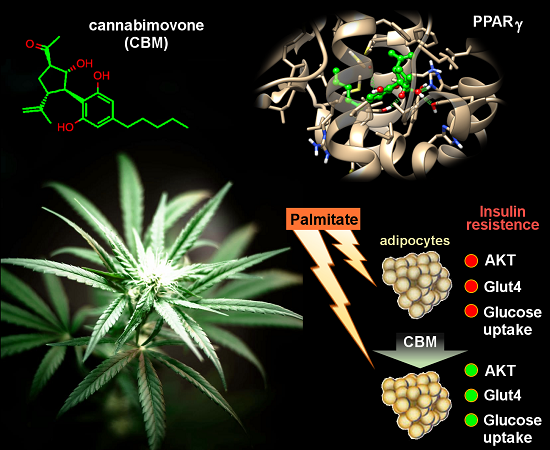
Le Cannabiste is leading you to meet a new Cannabinoid that very few people know, in fact nobody does. It’s called Cannabimovone. CBM is present in particular in the flowers of an old variety of Italian hemp, named the Carmagnola. Meet the Cannabimovone, a promising new cannabinoid as you will, see for diabetes and eating disorder.
* * *
#The Carmagnole(a)
This variety which is particularly rich in CBD can already produce between 6 and 8% of the molecule. But following Merry Jane’s information it’s also the richest in a new Cannabinoid : The Cannabimovone.
French Growers Canebounes are reviving the strain
#CannabiMovone
However the real question today would be, if we’re telling you : ‘CannabiMovone’. What would you answer
” Heeeeeh ? “
Exactly, and this is why somebody had to do something about it. Cannabis Move On ! Cannamimovone, it shouldn’t be so hard to remember !
Now look at that magnificent beast !

#CBM
The first information that Merry Jane website’s specialists are telling us, is that CBM comes in in higher levels with one variety of hemp : The Carmagnola, 7 Meters high, you remember ?
#Effects
It goes alone saying that studies are scarce when it comes to the CBM molecule. But the scientists found out, it would strongly interact with the levels on insulin in the human body, opening thus deep perspectives to treating the diabetes symptoms.
A freshly released Italian study seems to reveal a few potential effects on the human body from the CBM molecule.
As it should be non-psychoactive the CBM molecule would possess the following properties :
- Antidiabétic
- Appetite enhancer
- Insulin regulation
- Metabolic regulation
* * *
At this point we ought to say a quick work about the cannabinoid receptors in the human body, which the CBM will bind with naturally.
So far, to make things quite simple, THC and CBD are binding with the existing endocannabinoid receptors CB1 and CB2. The effects resulting of this chemical transaction are well known so far.

The CBM which has been discovered in the early 2000’s, is escaping that rule. It interacts straight with another kid of Cannabinoid receptors freshly discovered.
- PPARα
- PPARγ
PPAR stands for Peroxisome Proliferator-Activated Receptor
* * *
And this is where Cannabimovone could be displaying quite a lot of interest for the scientists. The implications on the human body would mean at the cellular level, a bette ‘renewal’ of our main organs cells.
- Heart
- Liver
- Kidneys
- Muscular network
- Colon
- Pancreas
- Spleen
The PPARα and PPARγ receptors would in fact play a regulating role on the metabolic system, at the cellular level. This would directly impact the structural growth of some cancers in theory.
Also on le Cannabiste (In French !)
More studies implicating insulino-resistance and the CBM molecule are to be expected in the upcoming 2 years. Following that we could imagine new treatments that would help to solve nutrition related problems.
It’s a bit like the THCV molecule matter, as we know already the CBM will impact the human metabolism and could help with eating disorders -in fine –

When it comes to seize the efficiency of the CBM, it has to be studied, combined together with the other Cannabis molecules. The result of this would be then called the study of entourage effects.
Beginning with the biodiversity of a plant, ending with rocket science biological techniques, the potential of medical Cannabis today seems unlimited.
Comments, réactions: Le Cannabiste sur Facebook / Twitter
Sources : MDPI /// Wiley Online /// Hexagone Vert /// Facebook /// Merry Jane
– Jean-pierre Ceccaldi pour The Blinc Group – Le Cannabiste 2018 Tous droits réservés –






